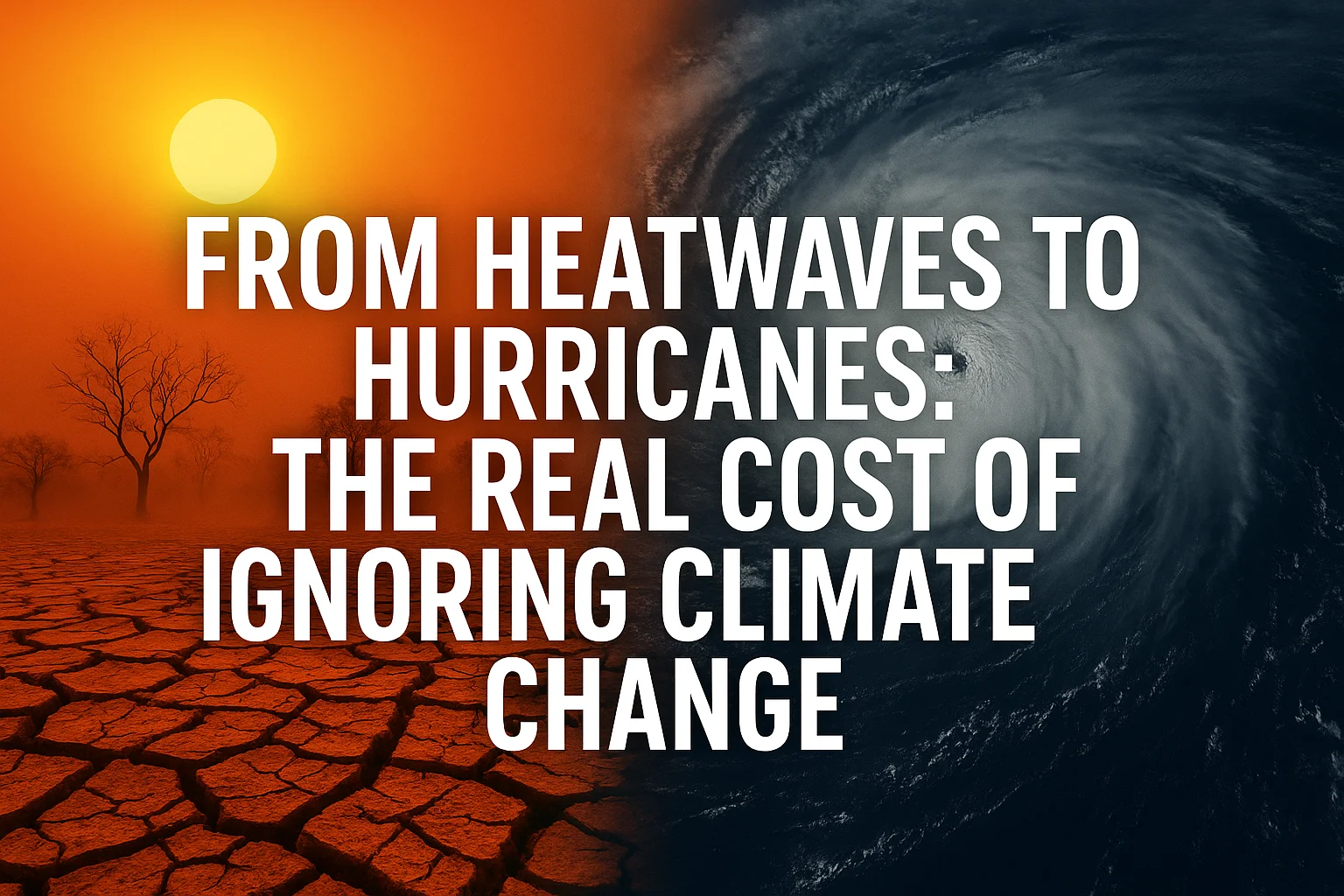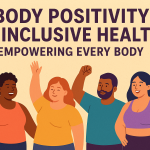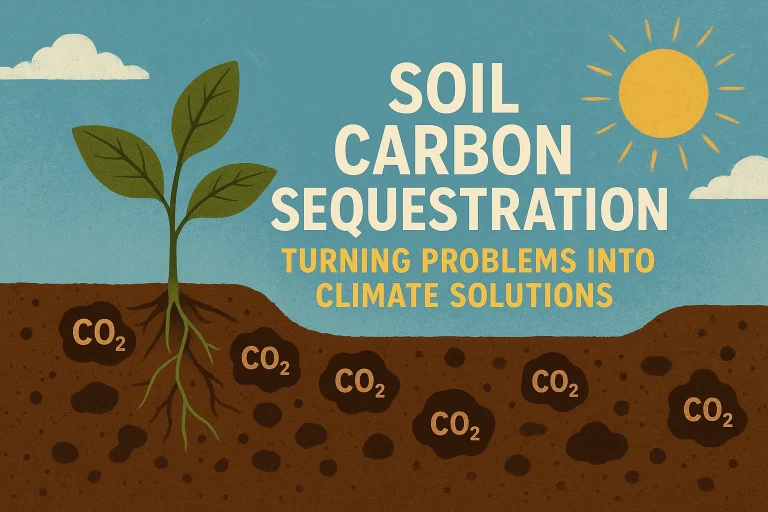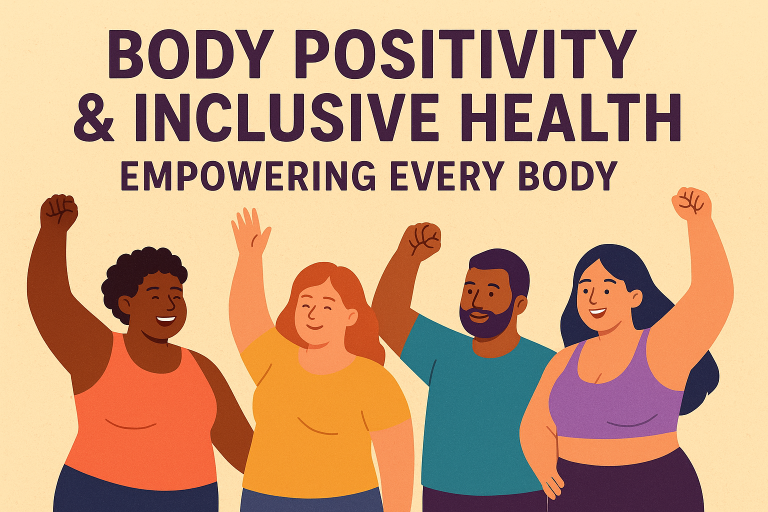
From Heatwaves to Hurricanes
Searing heatwaves are one of the most underestimated but deadliest consequences of climate change. The difference with hurricanes or floods, they come without fanfare and drama. They frequently don’t provide the dramatic footage that the world’s media are looking for. From heatwaves to hurricanes, but they are devastating, killing thousands of people, swamping infrastructure and destabilizing societies. Heat isn’t just discomfort; it’s us dismantling economies, destroying crops and exposing the fragility of health care systems. Long-term exposure to the extreme heat can cause dehydration, organ failure and heart issues, particularly among seniors, small children and people with existing health problems. Hospitals, already slammed with ordinary obligations, face the brink during protracted heat waves.
From heatwaves to hurricanes, climate change disrupts lives with relentless force. The economic cost of heatwaves is enormous. Outdoor work becomes hazardous, which has a negative impact on workers in construction, agriculture and logistics. Whole economies and classes of workers are impacted when heat renders job sites unsafe to work in. Meanwhile, cities — already weak in the face of the “urban heat island” and a hotbed of inequality– turn into places where people burn. More affluent neighborhoods with tree cover and air conditioning may come through, but poorer communities without greenery and efficient cooling or the ability to withstand expensive prolonged outages will suffer most. And so climate change is not just an environmental issue, it’s an issue of grave social injustice.
Agriculture is one of the most impacted sectors obviously. Continued heat erodes yields of staple crops such as wheat and rice, as livestock wilt under harsh conditions. Increased food prices caused by decrease in the supply is worsening world hunger and rising political instability. Meanwhile, energy systems totter under demand. Power grids collapse with millions seeking relief through air conditioning, resulting in rolling blackouts that amplify vulnerability. In a cruel twist, fossil-fueled cooling compounds emissions, leading to a vicious cycle.
What makes heatwaves particularly terrifying is the regularity with which they are occurring. The kinds of events that used to be “once-in-50-years” level are becoming once-every-few years, and some places are nearing thresholds beyond the capacity for humans to survive. Such Southern infrastructural changes reveal the perilous illusion of modern stability. Heatwaves are not just weather aberrations, they threaten to become the new normal in large parts of the world and may turn out to be a threat to civilization. To turn a blind eye to this trajectory is not just gross negligence; it’s choosing to normalize death, hunger and systemic collapse under sky choked with heat.
From Heatwaves to Hurricanes: Nature’s Fury Made Stronger by Human Neglect
For centuries, hurricanes have molded coastlines and affected patterns of human settlement, but climate change has amplified their destructive force. Warm ocean waters now serve as fuel, turning storm systems into monsters that expand more rapidly in size, hold more water and continue to stall over affected areas. In this new world of climate reality, hurricanes unleash multi-layered disasters—causing economic misery, displacing people, and starkly exposing modern infrastructure’s vulnerabilities.
Once manageable, storm surges now push deeper into communities because of sea level rise. It’s when hurricanes become record-setting mega floods due to the combination of rising seas and higher rainfall. Cities are among those with the greatest exposure, if they have developed as global trade hubs — ports, financial centers and manufacturing centers. When storms hit, supply chains fail, global trade sags and markets plummet in panic. Insurance companies, facing mounting costs, are becoming more reluctant to bear them and offering sky-high premiums or dropping coastal markets altogether. The consequence is that millions of people in the vulnerable areas suffer financial ruin before a storm ever gets there.
The societal cost is far greater than the immediate razing of homes and infrastructure. Displacement is widespread, and few residents have been able to rebuild. Richer families may secure insurance payouts or relocate, but poor families typically face permanent dislocation and fall into a cycle of impoverishment. The aftermath leads to public health disasters, too. Diseases such as cholera spread through contaminated water, hospitals close from damage and the mental health scars of trauma last long after rebuilding has become a memory.
Worse yet is our human inclination to just rebuild in dangerous places without making much in the way of additional changes. Developers still construct in flood zones despite repeated destruction, regulators often enforce lax building codes, and governments prioritize short-term economic growth over resilient infrastructure. Every hurricane is both an alarm bell and a reminder of lost chances. Climate change is exacerbating the fury of these storms, but human carelessness exacerbates their aftermath. Each unlearned lesson guarantees that the cycle of destruction will be perpetuated, at ever-greater cost. Communities suffer from heatwaves to hurricanes, revealing deep inequalities in resilience.
Economic Earthquakes: The Financial Burden of Climate Inaction
It’s not just that climate change is an environmental crisis, among the deepest economic risks of our age. We see in real time that our mounting failure to act dwarfs the costs of climate action — and it lacks a single bottom line. Every disaster causes billions in immediate damages, but the hidden long-term costs grow much larger. Lost productivity, interrupted trade, failing infrastructure and surging insurance premiums add up to a global economic earthquake.
Governments around the world sink huge amounts of money into disaster recovery — but pay little attention to what it would have cost in lost development potential. Money that could have been spent on schools, health and innovation is now being used to clean up from storms, wildfires and floods. This cycle of destruction and repair generates a kind of economic inertia in which countries are forever mopping up old messes rather than investing in resilience.
The insurance industries are already indicating they will fail in these climate-vulnerable areas. From heatwaves to hurricanes premiums rise to the point of unaffordability, and households are left without insurance or out in the cold. Economies crumble from heatwaves to hurricanes as disasters drain national budgets. In those places, insurers flee completely, property values plummet. That’s what produces the cycles of inequality: Wealthier families can absorb loss, or relocate, while poorer communities remain trapped in dangerous and devalued areas.
Agriculture on which global food security depends—is vulnerable to repeated shocks. Crops shrivel under scorching heat or drown in floods, creating unstable food prices that can contribute to unrest even in developed countries. Smallholder farmers, especially in the Global South, confront existential ruin. Likewise, the price of energy infrastructure is skyrocketing as utilities invest billions in hardening grids from storms and fires. Those costs are eventually passed on to consumers, exacerbating economic inequality.
Not even the world of finance is immune. Increasingly, investors are acknowledging climate change as a systemic risk, and with stranded assets, disrupted supply chains and legal liabilities threatening corporate existence. Banks now caution that climate change could upend whole economies. Dismissing these signs is not just short-sighted – it’s stupid from an economic perspective. The more governments and industries wait, the more expensive it becomes to adapt. That price could become too high at some point.
Humanitarian Crises: Climate Change as a Catalyst for Displacement
Among the worst human outcomes of climate change is displacement. Climate change is increasingly driving migration on an epic scale. Rising seas, searing temperatures and crushing storms are driving their compatriots from their homes in unprecedented numbers every year, creating a new class of refugee — people fleeing the borderless disaster of global warming.
Coastal areas and island nations are on the front lines. Mounting seas chew away at coastlines, devour land and drink up freshwater with saltwater intrusion. Whole communities in the Pacific and South Asia are getting ready to move, confronting the grim fact of cultural disappearance. Differently from common displacement, instead, these are no temporary moves: in this case loss of home is final.
Droughts create another slow-motion catastrophe. A failure in agriculture causes families to flee ancestral lands, internally and across borders. Competition for what limited resources there are leads to conflict and disputes over water supplies. This, in turn, leads to instability in states already on the brink, where climate change serves as a “threat multiplier,” exacerbating preexisting social, economic and political conflicts.
The humanitarian system cannot handle a crisis of this magnitude. International law acknowledges refugees from war or persecution, but legal systems often ignore climate migrants. Without recognition, governments deny millions legal protections, permanent resettlement opportunities, and basic support. This legal void threatens to make a stateless, vulnerable underclass.
The social consequences are profound. Children are no longer able to receive a consistent education, families splinter and break under the pressure, and whole people lose their cultural identity as a community breaks up. Cities that are receiving high numbers of migrants face severe overcrowding, overstretched services and mounting social tensions. The result is animosity, xenophobia and political polarization.
Wealthier nations cannot isolate themselves. The tide of humanity on the move will reshape borders, alliances and global politics. To dismiss the signs of climate-survival migration would be to invite humanitarian crises of a scale that existing systems are woefully unequipped to handle. Climate change is not only transforming habitats, it is redrawing the very geography of human survival.
Health Impacts: A Public Health Emergency Without Borders
Climate change is at its core a public health emergency, impacting virtually every component of human welfare. Its impact is broader than the immediate harms of storms or heat. It rather manufactures a transnational health crisis that weakens global institutions in subtle and catastrophic ways.
One of the most obvious results is the spread of vector-borne diseases. Hotter temperatures expand the range of mosquitoes, and bring diseases like malaria, dengue and Zika to places unprepared for their arrival. Public health systems struggle to adjust, but many populations are left vulnerable by lack of resources. At the same time, wildfires and other climate-related air pollution are reducing air quality and causing spikes in respiratory diseases such as asthma and chronic bronchitis. Health systems collapse from heatwaves to hurricanes under surging emergencies. The young and old are affected disproportionately, driving up the costs of care and the death rate.
Outbreaks of water-borne diseases also flourish following climate-related disasters. Water supplies are contaminated during hurricanes and floods, which results in outbreaks of cholera and dysentery. Inadequate sanitation facilities exacerbate these issues, particularly in developing areas. Nutrition is another loser, as agricultural instability decreases food availability and quality alimentation causes malnutrition and long-term developmental effects on children.
The mental health effects, while less visible, can be just as devastating. Disaster survivors suffer trauma, anxiety, and depression and long-term uncertainty about what the climate futures hold compounds stress among populations. Climate change is pushing already underfunded mental health systems worldwide to meet greater demand.
These health challenges easily transcend borders. In a globalized world, diseases can spread quickly and no country can consider itself immune from health challenges associated with climate. Climate change, then, is not only an environmental problem but also a global health emergency. Tackling it means incorporating climate readiness strategies into public health plans — from hospital infrastructure to communicable disease monitoring systems. Neglecting this aspect of climate change is on the short path to collasping our healthcare systems in a way that would never recover.
Interconnected Costs: Why Climate Change Cannot Be Ignored
The real peril of climate change is the interconnectedness of its costs. Each effect feeds another, and the accumulating crises risk swamping societies. Heatwaves push power grids to the limit just as hospitals are hit with surges in patients. Agricultural systems ravaged by hurricanes contribute to food scarcity that forces people to migrate and fight. Pressure of migration has weakened fragile states, leading to geopolitical instability spreading from continent to continent.
These are not isolated crises, but interconnected ones that multiply the damages. And the bill adds up over time, relentlessly. Eachalackofaction increases the cost of adaptation, making solutions more expensive and less efficacious. Climate change is not just a problem of today — it is a force multiplier of risk to the future.
No nation is immune. Wealthy nations may be able to buy more infrastructure, but they too are coping with mounting debt and a destabilized supply chain that drives industry closer to home; they, too, must struggle with global migratory flows. The poorer ones, with less to lose, face even more existential threats to their sovereignty and survival. The fiction that global warming is only a future problem with limited sea-level impacts is giving way. The proof is all around the world, from California wildfires to floods in Pakistan.
Interconnected threats demand interconnected solutions. Watery gestures won’t even come close to cutting it in the face of a crisis of this magnitude. A global approach based on collaboration, investment in alternative energy, resilient infrastructure, and social safety nets is needed instead. To ignore climate change is to ignore the survival instincts of our species. The price is not merely financial: It is social, cultural and existential. The cost of inaction is higher than the price of action, and delay only guarantees permanent instability. Humanity’s future hangs in balance from heatwaves to hurricanes without urgent action.
Conclusion: The Unpaid Bill Humanity Cannot Escape
From heatwaves to hurricanes Climate change is no far-off forecast — it shapes today’s lived reality. It claims lives, upends communities, and constrains futures, not just costs dollars. Heatwaves expose the fragility of systems, hurricanes break entire economies, and crop failures disrupt whole regions. Financial systems designed to manage risk buckle under strain, and humanitarian frameworks fail to address the migration crises ahead.
The unpaid bill for doing too little on climate change is getting bigger, and it is coming due far faster than expected. The choice before humanity is grave: Invest now in adaptation and mitigation, or spend ceaselessly repairing, recovering and squandering potential. Physics is not going to negotiate with us, and nature will not wait for the politics to catch up. Every year of inaction means not only more expensive action but permanent loss.
Ultimately, the true price of denial when it comes to climate change is survival. Civilization depends on settled climates, predictable seasons and widely varied resources. To neglect these foundations is to risk being. Action can be costly, but inaction is costlier. The future isn’t going to wait for us to choose. The deadline is now.

I’m a passionate blogger and senior website developer with an MPhil in Computer Science, blending technical expertise with a deep appreciation for the art of storytelling. With advanced knowledge of English literature, I craft content that bridges creativity and technology, offering readers valuable insights and engaging narratives. Whether building dynamic websites or exploring thought-provoking ideas through my blog, I’m driven by a commitment to innovation, clarity, and impactful communication.










